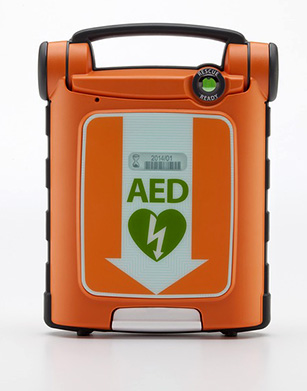Battling overuse injuries in swimming
The general approach to training is that more is better, but that’s not always the case.
 Athletes at all levels understand the risks of overuse injuries, and that’s no different in swimming than it is in other sports like track and field or basketball. It’s critical that coaches do their best to prepare athletes for sport-specific movements, but at the same time they must be conscious of the risks that come with working the same muscles on a consistent basis. Sport-specific doesn’t mean repetitive movement.
Athletes at all levels understand the risks of overuse injuries, and that’s no different in swimming than it is in other sports like track and field or basketball. It’s critical that coaches do their best to prepare athletes for sport-specific movements, but at the same time they must be conscious of the risks that come with working the same muscles on a consistent basis. Sport-specific doesn’t mean repetitive movement.
STOP Sports Injuries, an organization created in 2007 to help battle overuse ailments in sports, has a number of suggestions for teams trying to prevent or treat overuse injuries in their athletes. Here are a few of its recommendations.
1. Training variation.
Most coaches understand that it’s not enough to put swimmers in the pool and ask them to go to work. At the same time, schools that are not fortunate enough in having a full-time strength coach may see this as an easy way to get athletes prepared for an upcoming meet.
Dry land programs are helpful. Kettlebells, jump ropes and abdominal routines are great ways to change up training regimens and get athletes ready for competition. This is especially important before and early in the season when athletes may be coming off of other sports or emerging from a long break of inactivity. Slowly increase workloads so that by the time an athlete arrives for his or her first meet, they’re already in midseason form.
It’s also critical that coaches focus on various aspects of athletic movements. Swimming requires extra attention to the legs, arms and core, but there’s considerable harm in neglecting stroke technique and turns. Emphasize more than just strength and conditioning in student-athletes.
2. Rest and recovery.
It goes without saying that injuries require rest for proper healing, but even the slightest deviation from the recovery plan could threaten an athlete’s long-term health.
Too often — either because of a coach’s encouragement or an athlete’s eagerness to return to action — injured swimmers are put back to work earlier than they should. Ailments that have not yet healed could then become nagging problems that last for the duration of the season.
Once athletes have rested for the recommended amount of time, coaches should then ease them back into training. Immediately throwing an athlete back into action and expecting them to compete at pre-injury levels could result in them suffering a setback or having a new injury all together. Take an approach similar to what was done during the preseason, slowly increasing training and workloads until their bodies are prepared to handle a more competitive atmosphere.
3. Approved rehabilitation.
When an athlete suffers a knee injury, it’s natural for coaches to develop a recovery plan that strengthens the leg, but it’s not always that simple. Coaches must make sure they’re implementing a rehabilitation plan that specifically targets the affected area.
Not all high school programs have athletic trainers on staff, but it’s likely there are ways to consult a professional. At the very least, coaches should be able to find recovery programs for athletes in their sport who have suffered similar injuries. It’s not enough to simply recommend workouts that center around the injured area.
STOP Sports Injuries suggests that rehabilitation efforts for shoulder injuries should focus on the rotator cuff and scapula, while athletes should strengthen the pelvic and hip areas for hip and knee injuries.
Like with any athletic injury, communication is always going to be one of the most important elements for getting swimmers back into the pool. That means working closely with the athlete, parents, strength coach and athletic trainer to make sure the proper protocol is in place.
Remember that it’s not about getting the athlete back to action as soon as possible. It’s about implementing a program that’s going to ensure their health in the long term.





